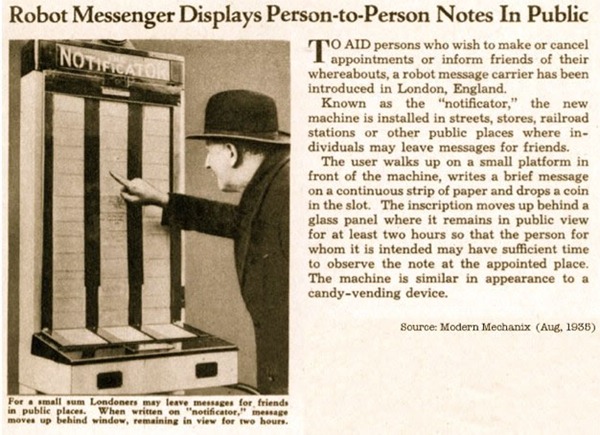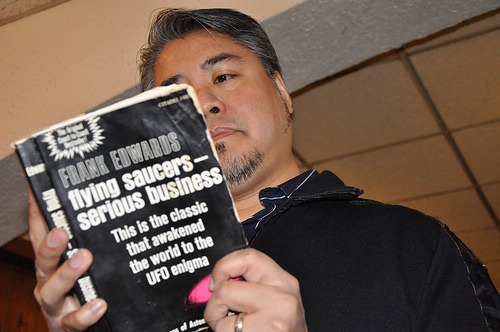This article also appears in Canadian Developer Connection.

There’s a lot of geek activity going on in Toronto and the surrounding area over the next couple of days, so I thought I’d point some of it out to you. And yes, there’s a reason there’s a picture of chaps in this article…
Toronto Coffee and Code, Friday
I’ll be holding another Coffee and Code event at the Dark Horse Cafe (215 Spadina Avenue, between Dundas and Queen) this Friday, April 24th from 11:00 a.m. to 6:00 p.m.. As usual, it’s a chance for you to come and talk to me, find out more about Microsoft, our tools and tech, ask questions and get hooked up with a copy of the Windows 7 beta. Drop by for a quick coffee break, or bring your laptop, plug in and do some work in what’s already becoming the most popular geek cafe in Toronto!
Toronto Code Camp, Saturday
I’m up bright and early on Saturday morning to catch the Toronto Code Camp (at Manulife Financial, 200 Bloor Street East), the .NET coding workshop/conference/jamboree that’s happening on Saturday, April 25th from from 8:00 a.m. to 6:00 p.m.. Toronto Code Camp will feature five tracks of topics – ASP.NET, Data/Architecture, Future/Other, .NET Framework and Silverlight/WPF. It’s a great way to sharpen your .NET skillset as well as meet .NET developers from around the area. Admission is free, but space is limited, so register as soon as you can.
I told presenter Bruce Johnson that if he changed the title of his Toronto Code Camp presentation from Data BINDING with WPF to Data BONDAGE with WPF, I’d show up in Microsoft-branded assless chaps. He got the name changed, and now I’m sourcing chaps in my size. Can anyone loan me a pair in size 38, and would you mind if I slapped a few “I’m a PC” stickers on them temporarily?
Toronto Developer Lunch, Tuesday
Kristan “Krispy” Uccelo is holding another Developer Lunch (here’s the Facebook page for the event) at the Sky Dragon dim sum restaurant (top floor of Dragon City Mall at the southwest corner of Dundas and Spadina) on Tuesday, April 28th from 12:00 p.m. to 1:30 p.m.. There’s no agenda or set topic of discussion for these lunches; it’s just an opportunity for local developers to get together over some tasty dim sum. They’re pretty popular, with about 30 people showing up for the last one.
Since it’s a big group, you might find us in the restaurant’s private room instead of the main dining room. If you don’t see an obvious bunch of geeks at a table, ask one of the staff; they’ll point you to where we are. We split the bill evenly; we’ve typically paid $12 each (which includes tip) for a lot of food.
Guelph Coffee and Code, Tuesday
Cory Fowler is holding his regular Guelph Coffee and Code event at the Albion Hotel on Tuesday, April 28th from 7:30 to 9:30 p.m.. It’s a chance for Guelph-area developers and techies to get together, exchange ideas and even partake in a little karaoke afterwards! I do plan on attending a Guelph Coffee and Code soon.







